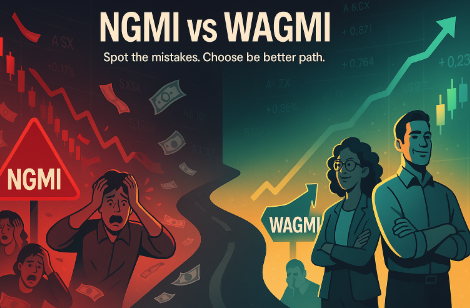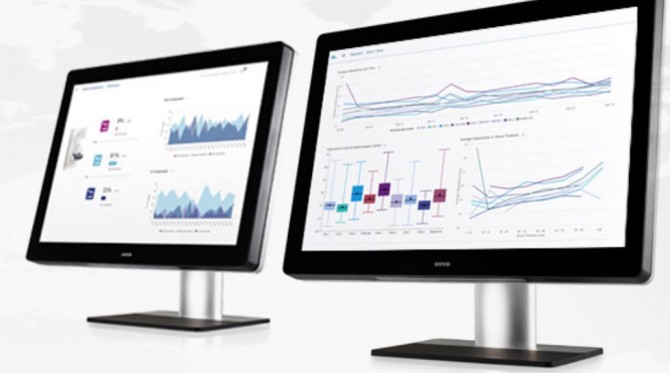
Let me pitch you a stock idea…
This company is the world leader in its chosen field, with daylight between it and its nearest competitor. Moreover, the industry itself is growing rapidly and the company in question has so far only captured less than 20% of the addressable market. Sales have been growing at a double-digit rate, and are expected to do so again in the current year.
A good proportion of revenues are recurring in nature, the rate of customer churn is exceptionally low, and products attract a high gross margin.
While the business currently runs at a loss, its core operations generated positive operating cash flow last year and will be profitable at the EBITDA level this year. Cash burn is fast declining and there’s plenty of cash to see it through to break-even. With the cost structure largely in place, there should be a good deal of operational leverage which will ensure profits grow far faster than sales in the coming years.
Shares in this company are trading on less than 2x annual recurring revenue — an extraordinarily low multiple relative to businesses with similar stats.
Now, let me pitch you another business.
This one has a history of poor cost management and excessive executive remuneration. Capital allocation decisions have been questionable, and the business has conducted multiple capital raising at ever declining valuations.
The CEO and two CFOs have left in the last year. A lot of recurring expenditure is capitalised, and management prefer to exclude very real depreciation costs when discussing performance. There is very much a history of over-promising and under-delivering, and shareholders have suffered brutal losses in recent years.
Although sales have been growing well, an expanded share register has diluted these gains, and pre-tax losses have consistently increased — almost three-fold in the past few years.
Not much of a choice between these two stocks, right? Of course, as you’ve probably guessed, these companies are one and the same. Namely, Catapult International.
There’s a ‘bull’ and ‘bear’ case for every stock but the gulf here seems bigger than usual. As with Elon Musk’s Tesla Inc (NASDAQ: TSLA), it seems to divide more than most.But with the Catapult bears firmly in control (and having been very much vindicated recently), the pendulum of sentiment may have just swung too far. So are shares in Catapult cheap, or is this yet another value trap? How do you decide when both sides of the debate make compelling arguments?
First and foremost, there’s nothing wrong with admitting it all too difficult and throwing the stock in the ‘too hard basket’. To paraphrase Buffett, we don’t have to swing at every pitch.
If we do persevere, we need remember that the truth likely lies somewhere between the two extremes. The best investors give credence to both the bulls and bears, consider a variety of potential scenarios and understand how things look on balance.
Let’s assume Catapult continues to see good top-line growth and that, despite past transgressions, we see an improvement in cost control and capital allocation (winding back ‘Prosumer’ should help a lot here, as could a new CEO). It seems reasonable to expect at least $120m in sales by FY2021, with a net profit of roughly $10m. If the growth outlook remains strong at that time, and applying typical sales or earnings multiples, it’s not hard to imagine a market value of $250-$300m. At the low end, that’s a 100% odd upside from the current price.
Alternatively, sales growth could slow significantly from the current pace and we may see continued profligacy from management. By 2021, Catapult may be generating only $100m in annual sales with just a slither of profit. Under that scenario, but assuming it’s still a viable business, a market value of ~$120m seems more likely.
Therefore, under my two scenarios, and given the current market price, there’s a distinct asymmetry in the potential return profile: an upside of roughly 100% versus a downside of about 0%.
As Mohnish Pabrai says, heads I won, tails I don’t lose much.
Nevertheless, given the recent history of the business and its shares, I’m maintaining only a small exposure (thanks to Mr Market, it’s now a relatively minor weighting in my portfolio…).
You may totally disagree with my assumptions (if so, jump onto the Catapult company page and set me straight!), but the important thing here is the process.
Blindly adhering to a particular narrative denies the implicit uncertainty of investing, and can lead to very poor outcomes. Trust me, when it comes to Catapult, I speak from experience…
Return to the Strawman Platform here
Strawman is Australia’s premier online investment club. Join for free to access independent & actionable recommendations from proven private investors.
This Service provides general financial advice only, and has not taken your personal circumstances into account. Strawman Pty Ltd operates under AFSL 501223 . For more information please see our Terms of use. Please remember that share market investments can go up and down and that past performance is not necessarily indicative of future returns. Strawman Pty Ltd does not guarantee the performance of, or returns on any investment.
© 2019 Strawman Pty Ltd. All rights reserved.
| Privacy Policy | Terms of Service |
ACN: 610 908 211 | Australian Financial Services Licence (AFSL): 501223








Leave a comment